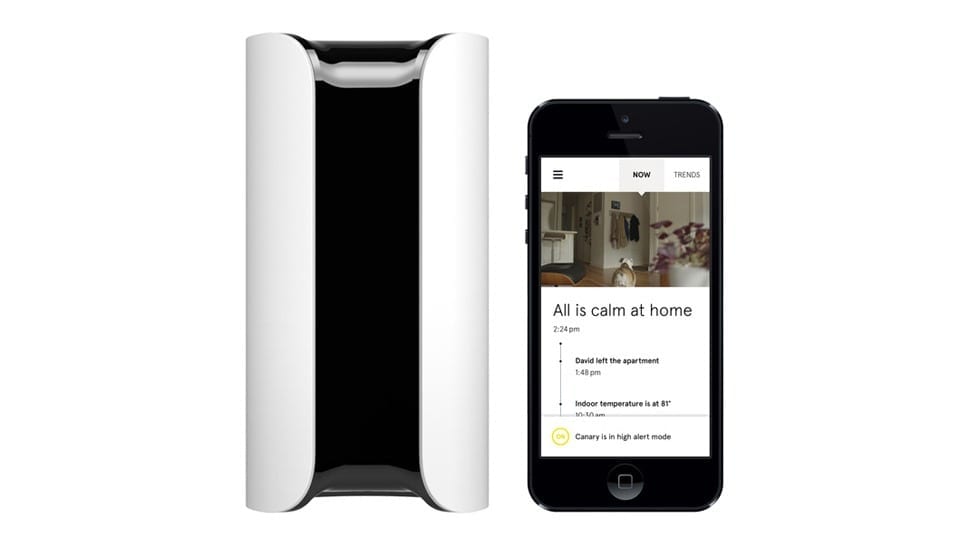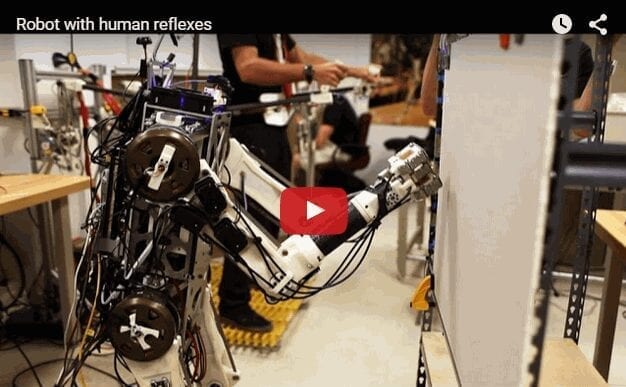
WALT DISNEY’S film version of “Mary Poppins” features a scene in which, at a click of the protagonist’s fingers, cupboards, drawers, bedside tables and trunks fly open and her young charges’ clothes and toys leap inside them. Self-tidying clothes and toys are still some way away, unfortunately. But furniture that collaborates, Poppins-like, with its owners may be just around the corner.
If groups of researchers working on the idea in America and Europe have their way, you may soon be able to call a robot footstool, so that you can put your feet up at the end of a long day, make use of a robotic toolbox when doing-it-yourself of a weekend and even—yes—install a robot toybox in the nursery that will encourage your children to tidy up after themselves.
These devices and others like them will, their inventors hope, plug a gap in the market between basic robotic appliances such as Roomba, an autonomous vacuum cleaner made by iRobot, and multipurpose ’droids like Pepper, a humanoid domestic servant launched recently by Softbank. The secret of success, they believe, is not just to devise furnishings that will do what they are told, but to give them personalities, convincing their owners that communication with them is a two-way process. At the moment, only prototypes are available—and, for reasons of safety, these are ultimately under the control of human supervisors, rather than being fully automatic. But trials suggest some forms of robotic furniture like this would, indeed, find a ready market.
Supercalifragilisticexpialidocious
One device with obvious commercial potential is a robot rubbish bin that can tour places like fast-food restaurants, soliciting trash. This was invented by Wendy Ju and David Sirkin, of Stanford University. Tests have shown it to be popular with customers. The robot approaches a table and wiggles on the spot to gain attention. People quickly get the idea of what they are supposed to do, and respond accordingly—even looking around for extra rubbish to feed the robot.
Francesco Mondada, of the Swiss Federal Institute of Technology, in Lausanne, has used a similar approach to encourage children to tidy up their toys. His mobile toybox is a wheeled crate adorned with rotating eyes and colourful lights. It wanders around a room until it spots a toy on the floor. It then stops, appears to look at the toy with its eyes, and wiggles and flashes to prompt the miscreant who has left it there to put it into the crate.
Read more: The home of the future: Summon the comfy chairs!
The Latest on: Robotic furniture
[google_news title=”” keyword=”Robotic furniture” num_posts=”10″ blurb_length=”0″ show_thumb=”left”]
via Google News
The Latest on: Robotic furniture
- Sit back and relax with these quality robot vacuum cleanerson May 1, 2024 at 5:19 pm
Yes, robot vacuums can be absolutely worth it! They free up your time by taking care of everyday dirt and dust, and many models even mop your floors. With features like smart navigation and app ...
- Startling vision of advanced new humanoid robot that can cook and cleanon April 29, 2024 at 9:07 pm
A Chinese tech company has released astounding vision of its new human-like robot, powered by artificial intelligence, with plans to release it commercially later this year.
- The Best Early Way Day 2024 Deals You Can Shop Right Nowon April 27, 2024 at 1:30 am
Looking for a new robot vacuum on sale? How about a customer-loved smart refrigerator? Our shopping experts have found robo vacs, small appliances, and large appliances on sale now. Shop them below.
- Five Below Is Selling a $25 Robot Vacuum and Shoppers Are Freaking Outon April 25, 2024 at 1:30 pm
Shark's AI Robot Vacuum and Mop is on sale for $270 — a 44 percent discount. The robovac is on sale alongside other Shark devices. It's like Rosie the Robot in a bathing suit. 'Not a finger needs to ...
- Lidl Ireland reveal ‘top garden’ range to hit middle aisle next week – with garden swing for summer & robot lawnmoweron April 25, 2024 at 3:01 am
LIDL Ireland is dropping a selection of new garden must-haves next week – including a swing chair, robot lawnmower and rattan style garden furniture. The garden items will be available to purchase ...
- Roborock S8 MaxV Ultra vs. Ecovacs Deebot X2 Combo: Which premium robot vacuum is best?on April 24, 2024 at 11:00 am
The Roborock S8 MaxV Ultra and Ecovacs Deebot X2 Combo are two of the best robot vacuums of 2024. But which is better for your home?
- The best budget robot vacuums under $250 can clean up without cleaning you outon April 22, 2024 at 12:36 pm
Not only has this robot vacuum earned an average star rating of 4.3 on Amazon (based on more than 12,300 reviews), it's also currently $100 off when you use the Amazon instant coupon. This brings the ...
- This Wi-Fi robot vacuum is discounted from $199 to $79on April 22, 2024 at 4:45 am
The iHome AutoVac Juno Robot Vacuum is an incredibly cheap robot vacuum which has many of the key benefits you need. It's on sale right now.
- The week's best robot vacuum deals: Catch the Roomba j7 at 50% offon April 19, 2024 at 2:00 am
Only three things are certain in life: Death, taxes, and a few days each month when you need to vacuum but just don't have time. Whether you detest the chore or hope to make your home upkeep a bit ...
- Roborock S8 MaxV Ultra review: The ultimate robot vacuum has built-in AIon April 18, 2024 at 1:50 pm
Roborock S8 MaxV Ultra joins the AI trend, but it still lacks true intelligence. Here's our full review of this high-end robot vacuum.
via Bing News











